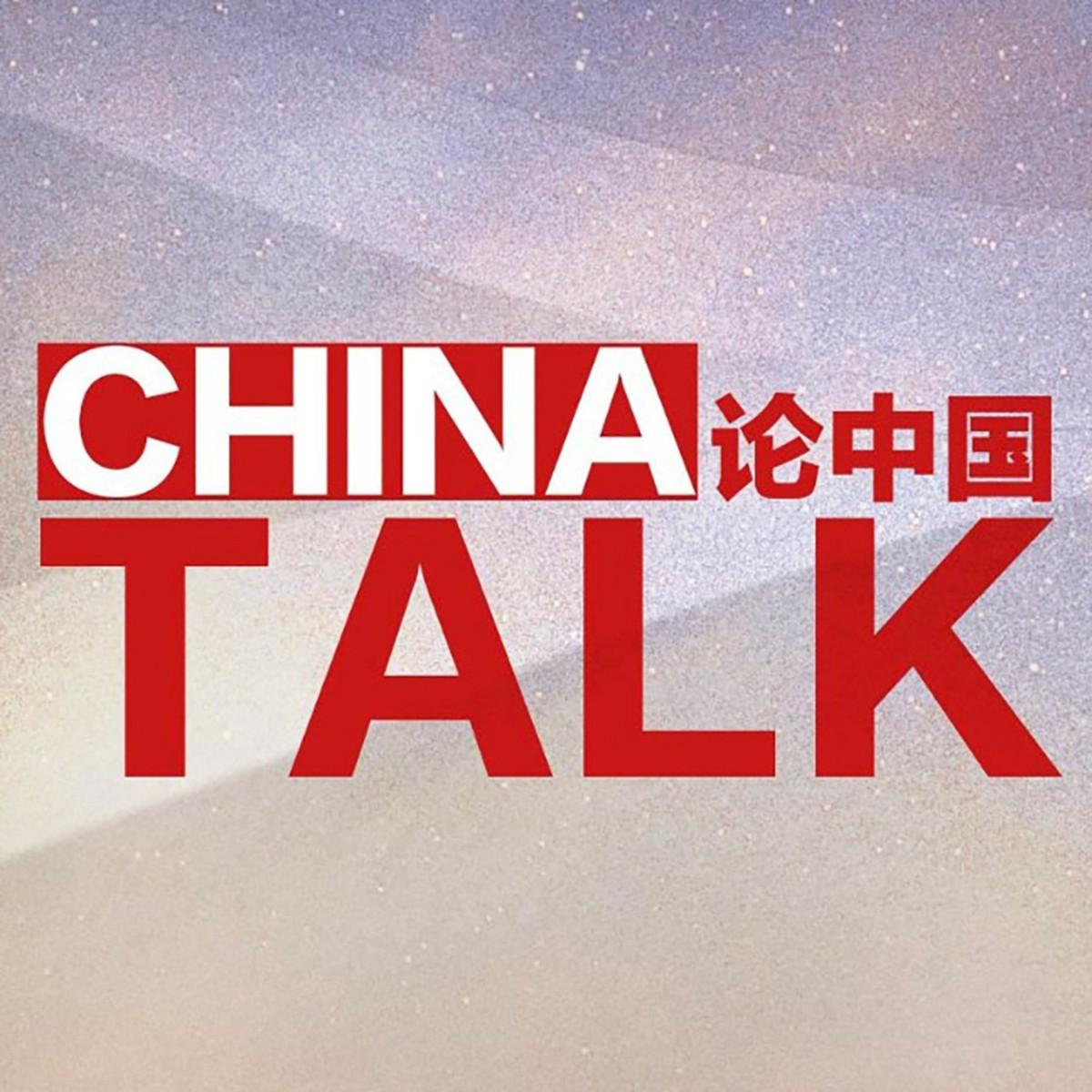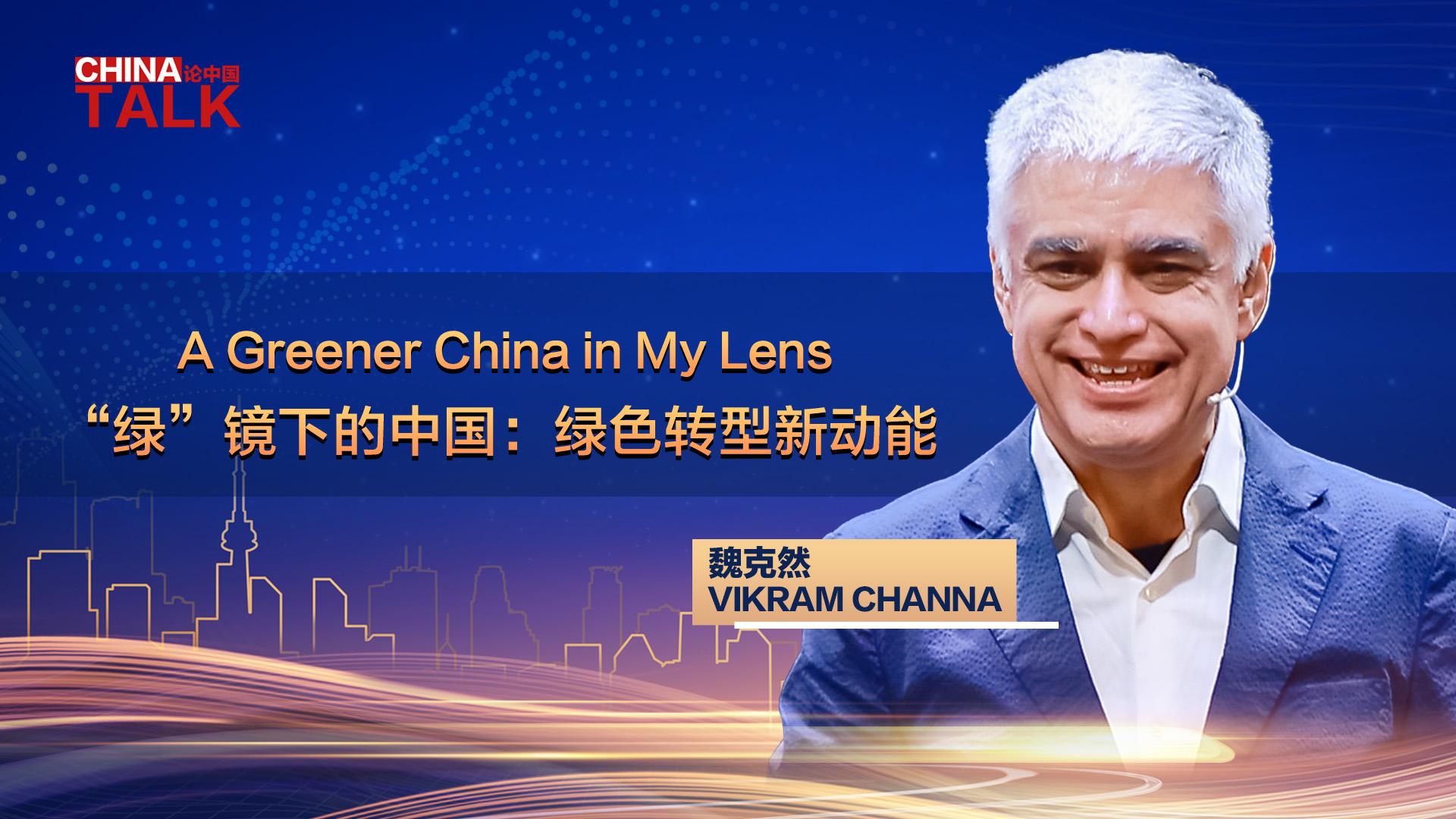


I want to begin my sharing on China Talk, on Understanding China with these two strawmen that I accidentally encountered in a Fujian village last Chinese New Year. As the local guide revealed the meaning of these two gentlemen, and what they stood for, suddenly in one fell swoop, a 20-year journey of discovery in China shaped through documentary impressions, would reveal a new understanding of China. What kind of impact would she have on the world? How could it leave the world better placed to tackle common challenges of the 21st century?
My mind went back to one of the first visits to China more than 20 years ago to Beijing, one that has always stayed with me. It was late March of 2002. I arrived the day after a most horrible sandstorm in years had hit the city. I still remember vividly the images of sand-covered vehicles, pathways, as if out of an apocalyptic movie or novel. Previous decades of rapid growth and neglect of the environment had left Beijing vulnerable to the fearsome Gobi. A 5000-year-old civilization, the world’s most continuous culture was playing catch-up at a breakneck speed of transformation. China by then had become the "factory to the world." It was pulling millions out of poverty and setting them on a path of relative prosperity, but at a price. I remember producing several shows during that decade that archived China’s arrival story: from the engineering marvels ancient and modern, the impact of high-speed trains on lives of the people, the first stirrings of a technological revolution, and truly it was an impressive showcase-one indicative of a bright future that beckoned. Yet, in the editing rooms as we put these shows together, we shuddered at the painful task of color correcting, the dark polluted skies that we encountered so often in these films.
I still remember Beijing in the years after the Summer Olympics in 2008. Even as China’s coming out party had left the world awestruck, a pungent yellow smog was a constant companion during many visits that followed. But then things began to change. A decade later, in May of 2019, a group of us were on a site visit to Ningxia’s Tengger Desert with the local environmental officials. We were in the desert but it was very hard to spot it. Only a very carefully preserved patch of pure sand dune in its resplendent form showcased what had stood before. In northwestern China, backbreaking sacrifices of local farmers, going back decades by using their ancient wisdom found in these special straw grids, together with some custom-innovated implements, had the power to make the desert disappear. Later I would discover another story of sacrifice just like the farmers in Ningxia. This was the emotive story of the Saihanba spirit. Here a local community fought a three-generation battle to reforest the entire area denuded by the last 100 years of damage, because of industrial development, and created a green miracle. Such efforts are recognized by the United Nations, as forest cover in China has increased to 24 percent over the past ten years.
We recently captured the story of such an accomplishment in a unique competitive reality series called Can Video Games Change the World? For the show we invited video game designers to immerse themselves into the lives of local farmers and gamify their efforts into actual video games that serve to excite and inspire young viewers in China and abroad-that challenging issues like desertification can be addressed through the determined efforts involving local communities-China Style!
By now I was already living in Beijing. In any given week, gorgeous, pure blue skies tended to dominate more often than not. This was no longer the temporary APEC Blue (in 2014). Later, in another site visit to Zhangjiakou, close to Beijing in Hebei Province, we witnessed smart electricity grids using 5G technology, with cutting-edge inverters to stabilize, at source, clean power being generated using wind, solar and hydro. The goal is to supply zero-carbon energy to the entire Beijing area by 2060 and to the entire country itself. This effort had already been piloted in 2022 for the Winter Olympics in Beijing, making the energy supplies to the entire event clean and green. The "factory of the world" was moving up the value chain with a slew of homegrown technologies that had the ability to put China onto a new sustainable path. Low-end manufacturing-driven growth was ebbing. Shenzhen's "shanzhai economy" was giving way to an AI-led innovation and high-end manufacturing and green manufacturing-that now includes efficient batteries that power China's home-grown electric vehicles industry. Its unprecedented success has already made China into the largest automaker in the world. Heimao baimao-former Chinese leader Deng's pragmatic (maxim of) "black and white cats" were indeed evolving into a new era of jiqimao or robot cats, with this high-tech innovation a new normal.
Could the "factory of the world" that once polluted, now evolve into the world's leading manufacturer and exporter of green public goods, provide a tool kit for humanity's common challenges, from climate change issues to those that concern sustainable development? In the twenty years since that March day when I witnessed the aftereffects of the desert's fury, it is indeed a full circle for China’s journey. Once upon a time, blue jeans defined America, can clean and green products from China achieve the same?
And in the process clear the fog between nations in the near future? At the end, I would like to draw you back to the two strawmen from Fujian. From here lies my sense of conviction that this transition to a new economy and to even a new world is perhaps more than skin-deep. For these strawmen are not ordinary-look carefully into the image again-it signifies China's timeless scholar-farmer culture, also known as Gengdu Wenhua. They are the ancient engineers and innovators who built the foundations of the world’s most continuous living civilization.
It is Gengdu Wenhua that is indeed the source code of this culture, its very DNA, where three mythic emperors-Fuxi, Shennong and Huangdi all observed, recorded and studied the passages in heavens above the cycle of nature on Earth. They invented the calendar that still reminds contemporary China of its roots. They passed onto generations the critical knowledge of flood control that would form the basis of this agricultural civilization, and a deep thirst for knowledge that inspires us even today. The iconic Book of Change or Yi Jing that was compiled later and underpins so much of Chinese wisdom is ultimately also grounded in the reflections of these ancient engineers of China. If Lincoln inspired us all with the idea "of the people, by the people and for the people," can China's inheritance from its ancestors remind us once again how intrinsically we are "of nature, by nature and for nature," and always a part of it.
Xiexie.
Thank you !
